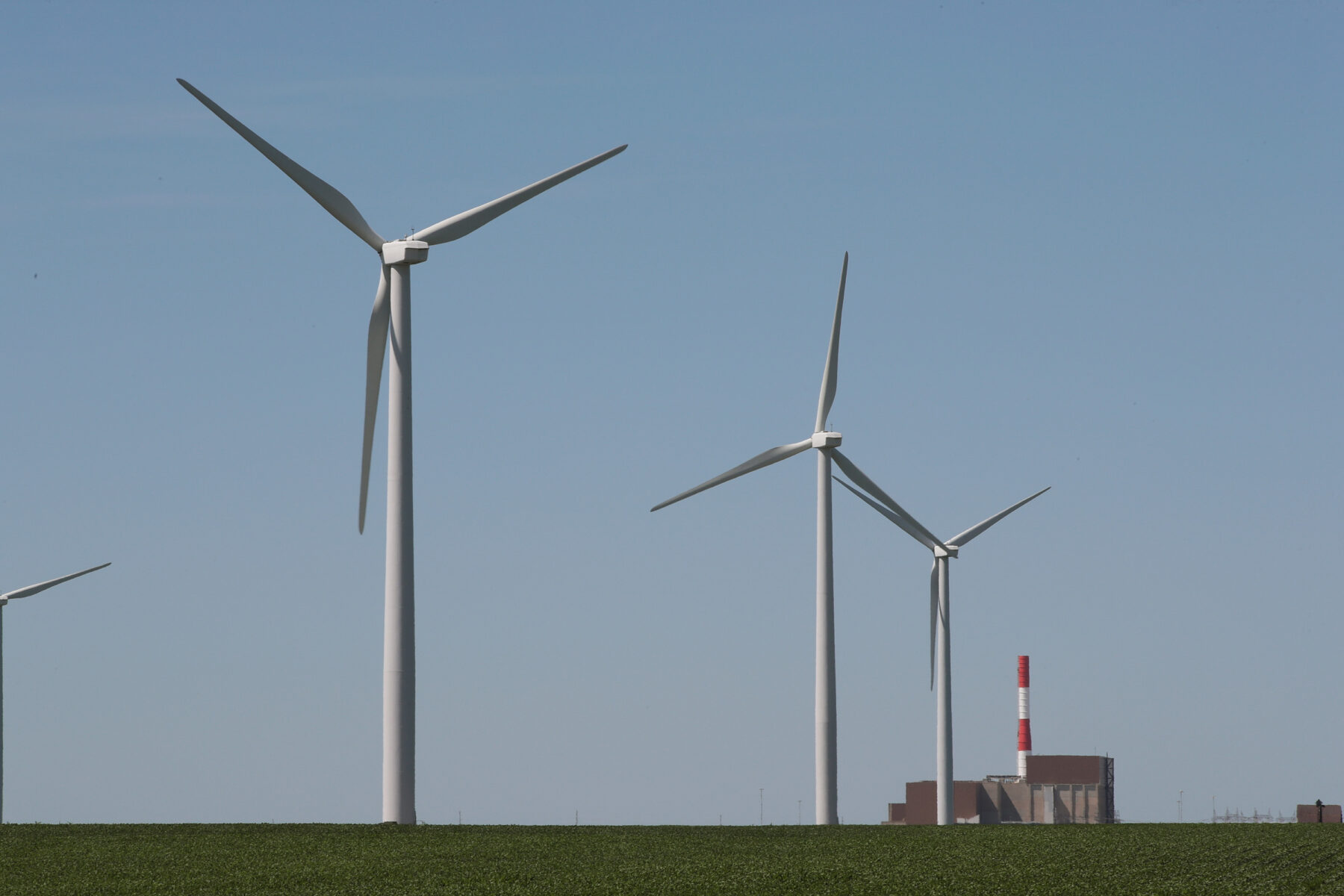What is the best thing we can do for the planet? That question will get wildly different answers depending who is asked — use more renewables, use less power, drive electric vehicles. The list is likely all over the place. But here in the United States, the answer is actually simple — find common ground on federal climate policy. To make lasting impact, we need policies that are durable over time and do not change with political tides depending on who happens to be in power.
A recent proposal may echo some of the policies that have led to the largest carbon dioxide reductions. Those successful policies were strongly bipartisan, found common ground, and often used the tax code to spur innovation.
- In 2018, a Republican-led Congress passed changes to Section 45Q of the tax code creating robust tax incentives that will likely reduce carbon dioxide emissions by tens of millions of tons annually. President Donald Trump signed that into law.
- The Energy Policy Act of 2005 included the solar investment tax credit, and passed a fully Republican-controlled Congress with strong bipartisan support and was signed into law by President George W. Bush.
- The wind production tax credit passed with a Republican Senate, Democrat House and was signed into law by President George H.W. Bush in 1992.
- In 1980, under full Democrat control of Congress and President Jimmy Carter, we had the Section 29 production tax credit included as part of the Windfall Profits Tax Act, which applied to natural gas production from unconventional natural gas wells. This paved the way for hydraulic fracturing and the natural gas boom.
As a result of these policies, we’ve seen a 30% decrease in carbon dioxide emissions in the power sector that is largely due to the rise of natural gas, wind, and solar over the past few decades.
Today, we are seeing the next big clean energy policy take shape, and it’s following the same playbook — finding common ground with smart tax policy.
Sens. Mike Crapo (R‑ID) and Sheldon Whitehouse (D‑RI) recently released a proposal for the bipartisan Energy Sector Innovation Credit (ESIC) Act, building on a House bill with the same name that was sponsored by bipartisan members of the House Ways and Means Committee, Reps. Tom Reed (R‑NY) and Jimmy Panetta (D‑CA).
ESIC is a market-driven, technology-inclusive tax credit that will help incentivize the development and deployment of new clean energy sources, while addressing some of the concerns with existing energy tax credits.
Issues With Energy Tax Credits
Most clean energy tax credits today, while a step in the right direction, suffer from three main issues.
First, they inherently force lawmakers to pick winners and losers by determining which technologies are eligible.
Second, these tax credits have expiration dates that are constantly extended. This creates a cottage industry of special interests that flood the D.C. establishment whenever a tax credit is nearing expiration with the goal of seeking out a few more years. Once you start the gravy train, it’s very hard to stop. One need only look at the wind production tax credit which has been extended once every three to four years since 1992.
Third, these credits sometimes distort markets. A good example of this is the Wind Production Tax credit (PTC), which applies to produced wind power even if there is zero demand for that power in the market. This allows wind producers to bid negative prices into the market, which has distorting effects on market prices and sometimes works perversely against other clean energy generators like existing nuclear plants.
ESIC addresses these issues by providing a technology-inclusive tax credit that is applied only to the value of energy that is sold, so unneeded power is not rewarded.
As clean energy technologies mature and increase their market share, the value of the tax credit automatically decreases. The net result is we incentivize new sources of clean energy and sunset subsidies, freeing up taxpayer resources for other useful activities or to lower taxes.
ESIC also enjoys the support of a broad array of environmental groups and utility companies. The way forward for addressing climate change demands that we build on our nation’s history of clean energy innovation policies that are durable and bipartisan.





















